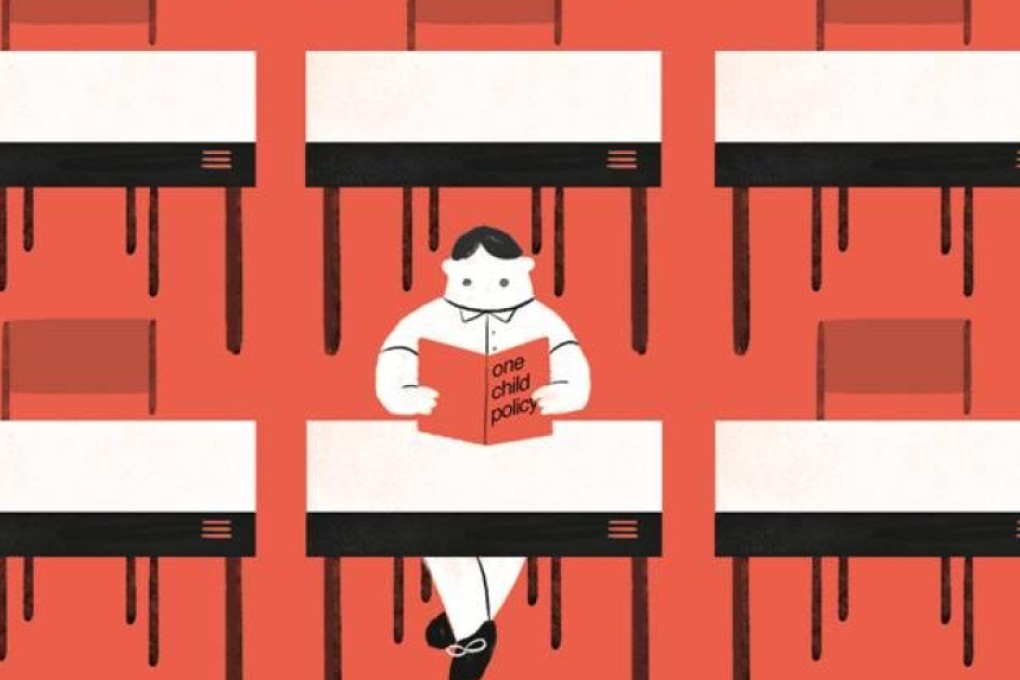China must draw the right lessons from the failures of its one-child policy
Yasheng Huang says the policy ran for far too long, and may not even have been necessary in the first place


By contrast, China’s one-child policy was in place for 35 years until this October, when the government announced a shift to a “one couple, two children” policy.
There are many other differences between China and India that would account for a lower fertility rate in China
The contrast in duration between the Chinese and Indian population control policies cannot be sharper, and it is this, among other differences, that prompted some Western observers to argue that the authoritarian Chinese system is more capable of enforcing politically tough but economically rational policies.
The reality is much more complicated. It is true that India has a higher fertility rate than China and it is also true that India could not enforce population controls as effectively as China has. But there are many other differences between China and India that would account for a lower fertility rate in China, regardless of policies. Chinese women enjoy a higher socio-economic status than Indian women. Chinese basic education and public health are far superior to those in India. All these factors would have led to a declining fertility rate in China even if China did not have the one-child policy in place.
READ MORE: Ending the one-child policy is just the start for China

But why did the Chinese government feel the need to resort to such a draconian policy in 1978? The simple fact is that China missed ample opportunities to adopt far less intrusive, more humane and more modest population controls in the 1960s and 1970s. The reason is that the one-party system – later lauded for its ability to enforce draconian policies – suppressed and killed off initiatives and ideas that could have led to a lowering of the fertility rate earlier on.